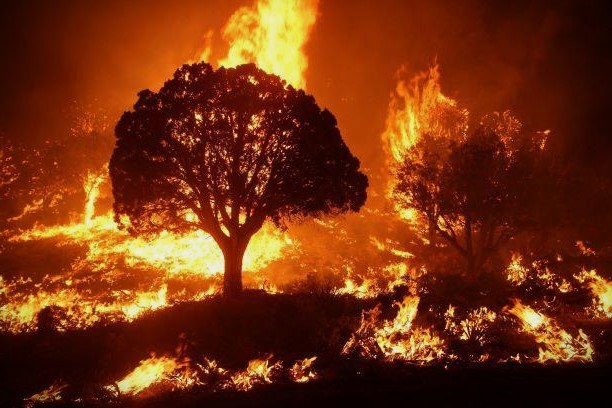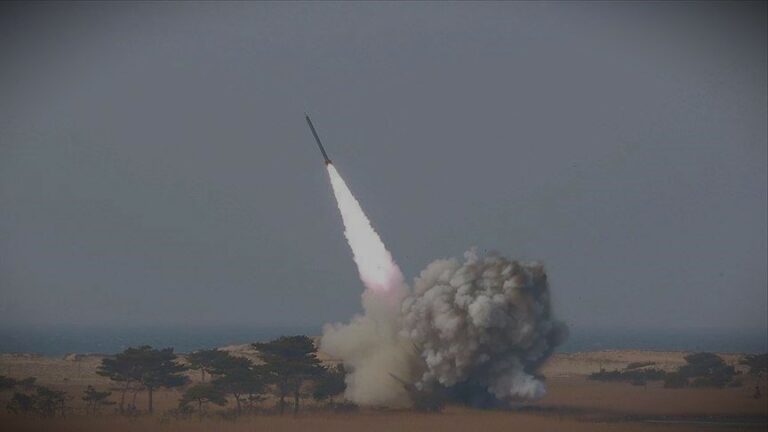
In what has already been dubbed “the year the land burned,” the United Kingdom is battling the worst wildfire season in its recorded history. With more than 31,000 hectares of countryside scorched, hillsides blackened to ash, and emergency services stretched beyond capacity, this year’s firestorms are not just a wake-up call—they are a declaration that climate volatility is no longer a distant threat but a present and smoldering reality.
A Nation Ablaze
From the remote moorlands of Yorkshire to the heath-covered hills of Dorset and the wind-swept ridges of the Isle of Arran, flames have torn through ecosystems once thought too wet, too green, or too mild to ignite at such a scale. So far, over 150 major blazes have erupted, exceeding previous records in frequency, scale, and intensity.
Firefighters have described the scenes as something more akin to Mediterranean wildfires than typical British brushfires. “It’s relentless,” said a crew chief from Cumbria, “The ground is dry as parchment, and the winds are turning every spark into an inferno within minutes.”
What Turned the UK Into a Tinderbox?
Experts point to a “perfect storm” of climatic and human factors that set the stage for this explosive wildfire season:
- Anomalous Weather Patterns: A winter marked by above-average rainfall was followed by an unusually warm, bone-dry spring. Temperatures in April soared to 24°C, evaporating surface moisture and drying vegetation far earlier than usual.
- Fuel Buildup: The lush growth from winter rains turned into dangerous fuel as heatwaves rolled in. Undergrowth that might have stayed damp in a typical year became volatile kindling under the sun.
- Human Ignition Sources: While lightning played a role in several remote fires, many outbreaks have been traced to discarded cigarettes, unmanaged campfires, and even misused garden equipment. In some tragic cases, celebrations involving fireworks set nearby scrubland ablaze.
Environmental Catastrophe
The ecological cost is staggering. Rare species habitats have been obliterated in national parks and conservation areas. Entire tracts of heathland—crucial for birds like the nightjar and reptiles like the sand lizard—have been turned to ash. Conservationists report a dramatic uptick in animal displacement and death, with some populations unlikely to recover.
“This isn’t just about trees and grass burning,” said Dr. Eliza Thornton, a fire ecology specialist at the University of Exeter. “It’s about entire food webs collapsing, topsoil erosion increasing, and carbon being re-released into the atmosphere in volumes we’re not prepared for.”
Emergency Services Overwhelmed
Fire and Rescue Services across England, Scotland, and Wales have responded to hundreds of incidents—with some teams operating non-stop for days. Mutual aid agreements have been activated between counties, and military assistance has been requested in some remote areas.
Despite their efforts, resources remain thin. The National Fire Chiefs Council has once again called on the government to recognize climate-related disasters as core responsibilities, pushing for a statutory duty that would mandate and fund fire services to prepare for and respond to such extreme weather.
Looking Ahead: A Tipping Point?
As smoke still rises from smoldering moorland and recovery teams assess the damage, many are asking: is this the new normal?
Meteorologists warn that 2025 could easily eclipse all previous years if dry conditions persist into summer. Fire mapping models suggest southern England and upland Scotland remain at extreme risk as heat builds.
Policymakers are under growing pressure to respond—not just with crisis funds, but with prevention strategies: controlled burns, rewilding to retain soil moisture, and strict regulation of public fire use during heat periods.
“Britain’s wildland fire threat is no longer a possibility—it’s a reality,” said Professor Nathan Ellis, a climate adaptation researcher. “The question now is whether we adapt fast enough to prevent every hot summer from becoming a disaster.”


